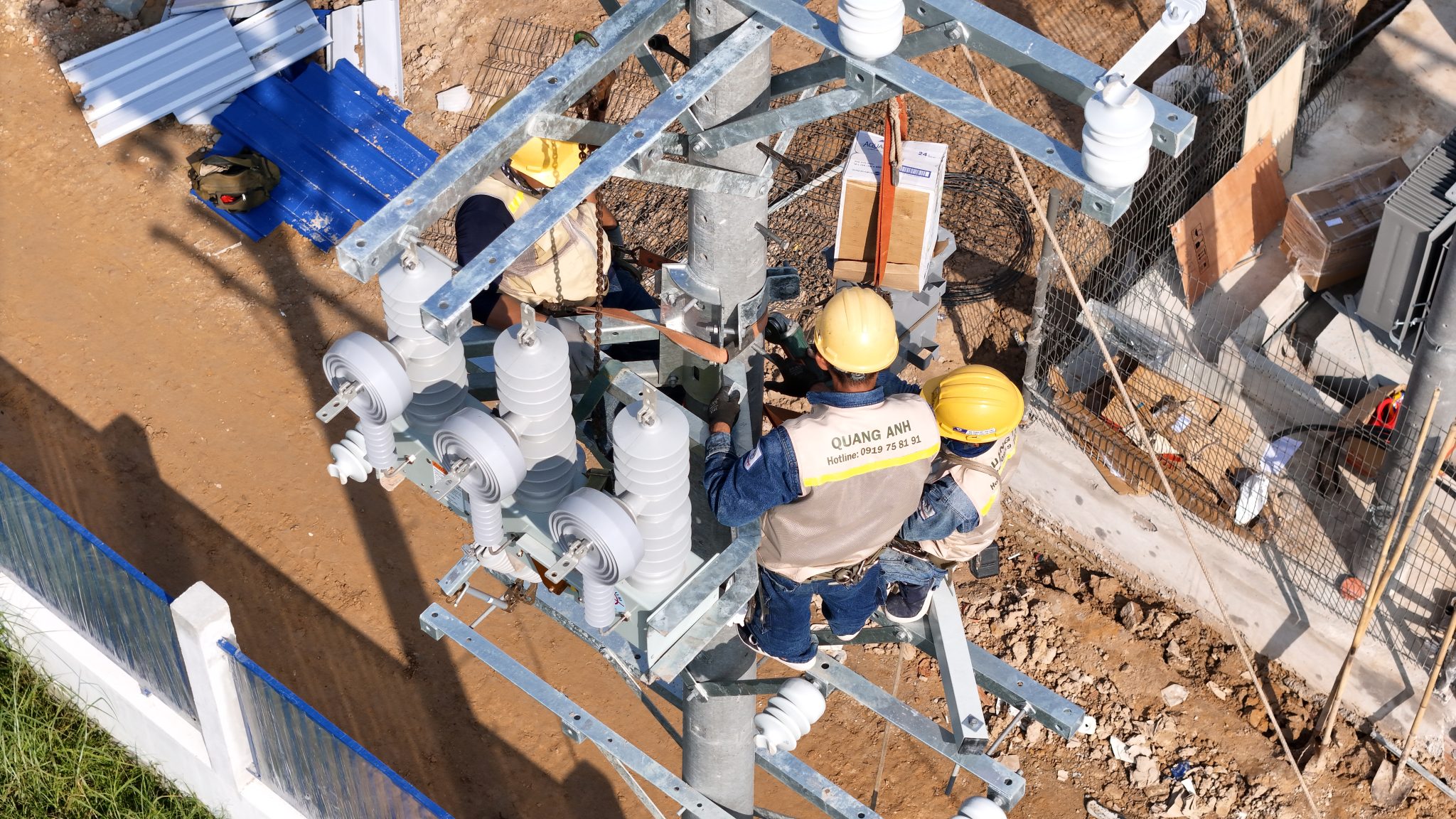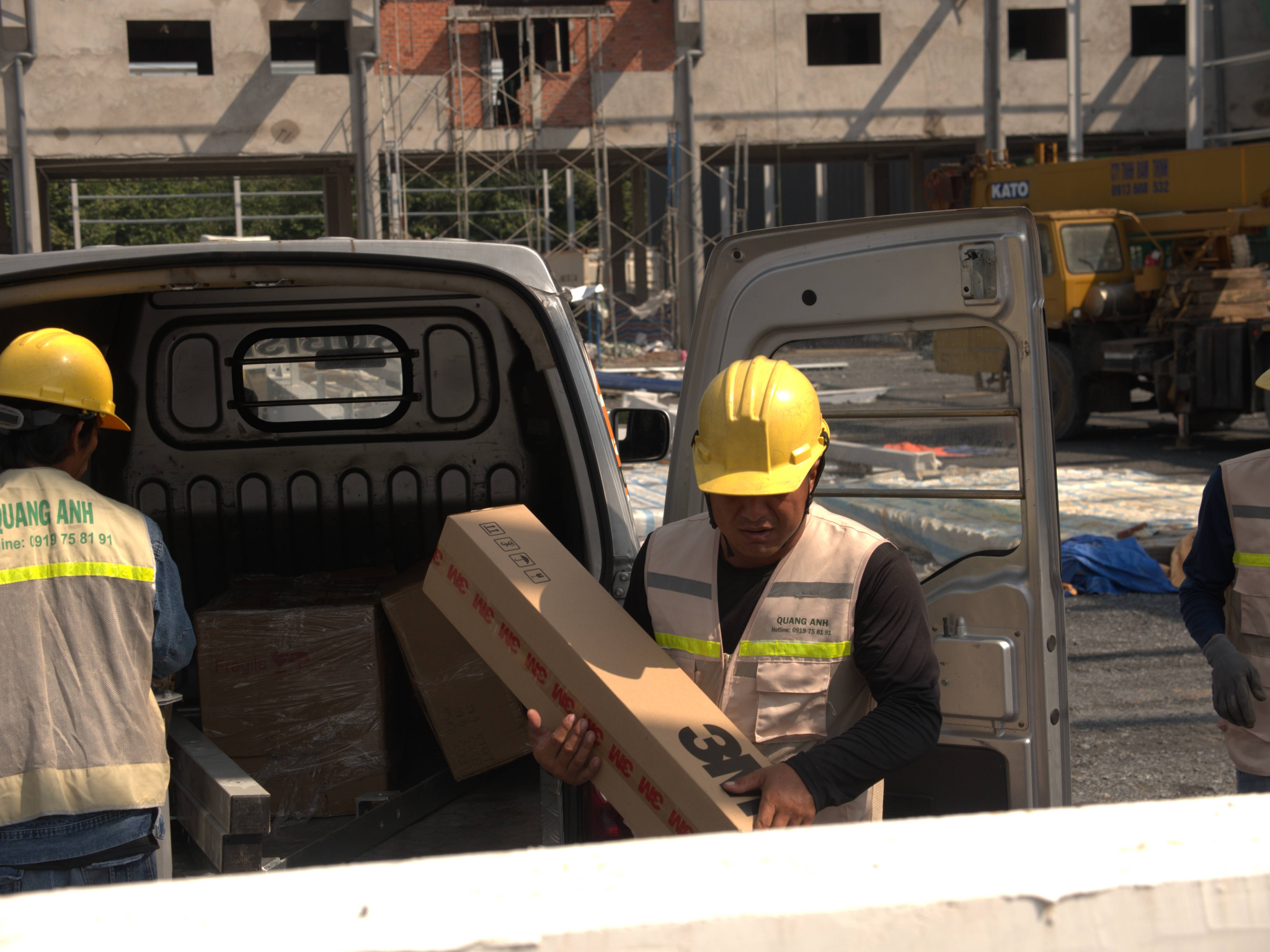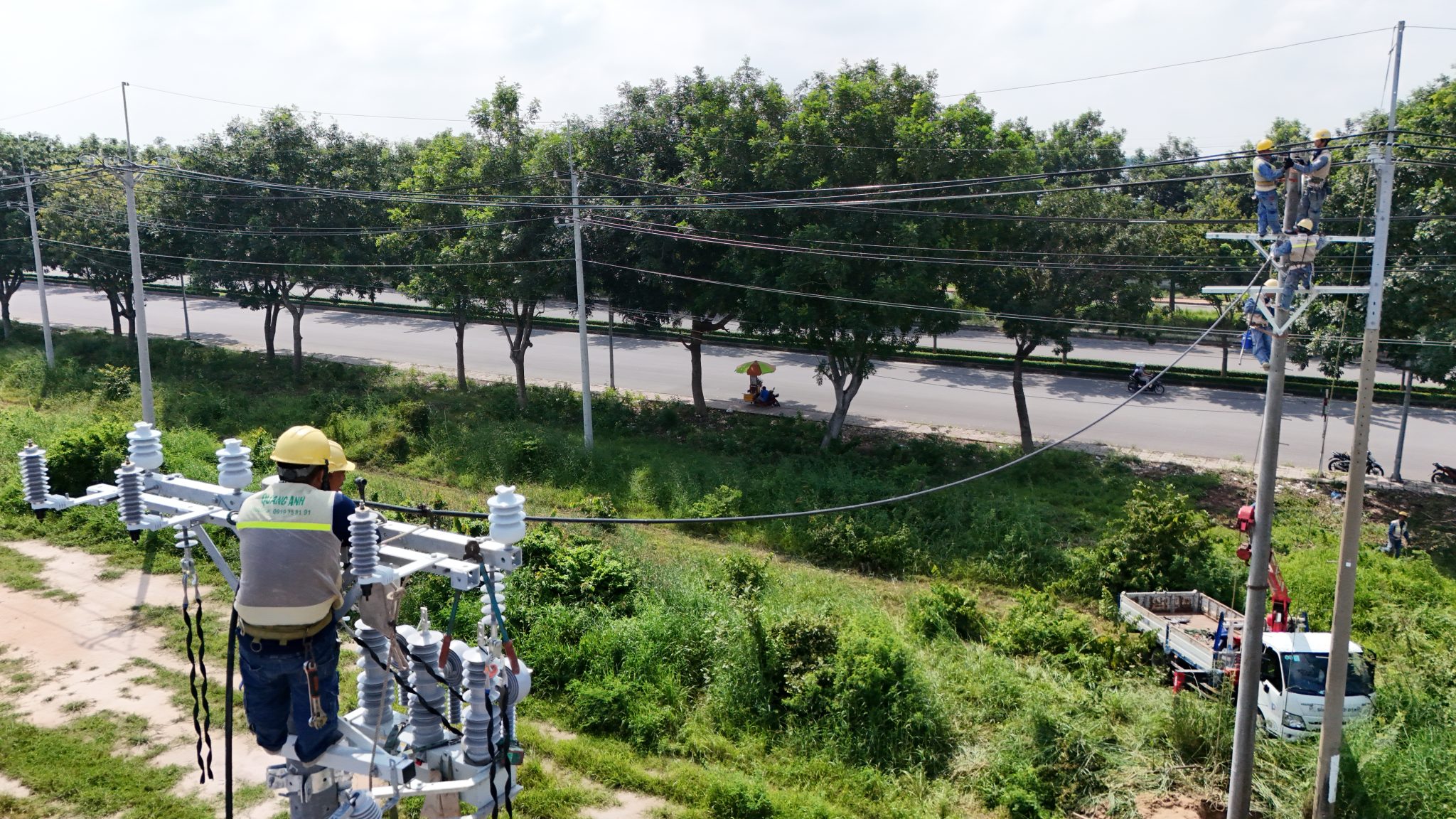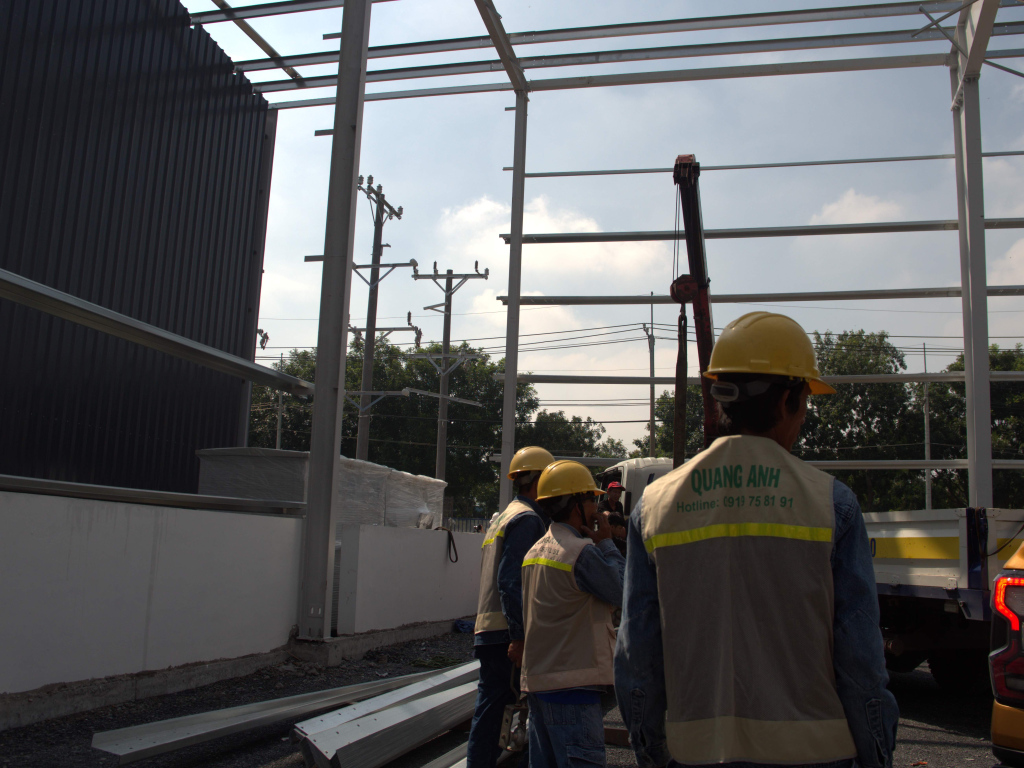News
Electric System Installation Cost: Detailed Information and Updates
The electrical system installation involves a range of works from basic to complex. Cost information includes the installation of basic electrical devices, water and electrical installations, and solar energy systems.
Basic Electrical Installation Works
Basic electrical installation involves the new installation and replacement of electrical devices at home. This includes installing wall lamps with prices ranging from 150,000 to 300,000 VND and recessed lights from 150,000 to 350,000 VND. Additionally, new socket installation and replacement of exposed sockets are also common electrical installation tasks.
Basic electrical installation is a complex process including many critical tasks to ensure a safe and efficient electrical system that meets strict technical standards.
- Electrical Wiring and Conduit Installation: In electrical system installation, wiring and conduit installation is the first and essential step. Wiring can be set within walls, floors or exposed depending on the design. Electrical conduits of materials like PVC or metal are used to protect and maintain the safety of the wiring system. Completing pulling and connecting wires from the main power supply to panels and end devices is indispensable.
- Electrical Panels and Switching Devices Installation: Installing distribution panels such as MSB, floor panels, and branch panels are crucial in electrical system installations. Connecting switching devices, starting up and circuit breaker equipment ensures stability and safety for the entire system.
- Electrical Device and Lighting Installation: This process includes installing recessed bases, power sockets, and switches, along with lighting devices like lamps and controllers. Connecting electrical devices like fans, air conditioners, and water heaters is also essential.
- Cable and Cable Tray Ladder Installation : The installation involves both the main power supply cables and distribution power. Installing cable tray ladders is an optimal solution to secure and protect cables in large constructions.
- Low Voltage System Installation: This includes emergency lighting, fire alarm equipment, security cameras, and other automatic control systems, ensuring comprehensive safety for the structure.
- System Testing and Acceptance: Finally, electrical insulation resistance testing, current and voltage measurement, safety checks, and acceptance are essential steps to ensure the system’s safe utilization.
Each of these tasks reflects high technical and safety requirements during the electrical system installation process, ensuring stable and sustainable operation.

Electrical and Water System Installation
The installation of new electrical and water systems often involves the use of different conduit types. Costs can range from 105,000 VND/m2 for flexible conduits to 120,000 VND/m2 for rigid conduits. These are common installation standards to ensure durability and safety of the systems.
Electrical and water system installation is an essential part of any construction work. From surveys, drawing design to conduit installation and testing, every step must be done accurately and in compliance with the highest technical standards. The following provides details on the process:
Electrical System Installation
-
Survey and Drawing Design: Begin by surveying the current status of the construction, designing an appropriate electrical system drawing to optimize functionality and meet usage needs.
-
Conduit Installation for Wire Protection: Proceed to install the embedded conduits to protect the wires, including underground conduits and gas pipe conduits from air conditioners if needed.
-
Wiring and Device Layout: Carry out wiring according to the designed drawings, preparing wall trenches, and drilling holes to install intermediary junction boxes and fixtures like switches and outlets at designated spots.
-
Electrical Panels, Lights, and Device Installation: Upon completion of wiring, proceed to connect and install devices according to the specific design.
-
Testing and Load Trial: Conduct inspections, load trials, and measure ground resistance to detect issues like short circuits or electrical leaks. This is crucial for ensuring maximum electrical safety when the system is operational.
Water System Installation
-
Preliminary Survey: Evaluate the existing water supply and drainage system to determine condition and installation positions.
-
Water Supply Pipe Installation: Proceed to drill walls and technical boxes to install cold and hot water supply pipes. This requires careful pipe connection with fitting to ensure tightness.
-
Drainage Pipe Installation: Similarly, arrange the drainage system from toilets and sinks to the main drainage system after preparing infrastructure.
-
Leak Inspection: Use high-pressure testing methods to check potential leaks ensuring no water loss and prevent mold risks.
-
Accessory Device Installation: Attach tanks, sinks, showers, and other devices according to established technical specifications.
Technical and Safety Standards
-
Electrical System: Current standard installations must be strictly adhered to with no overloading or shorts. Particularly, the wiring installation must ensure safe insulation.
-
Water System: Pipes and fittings must meet pressure endurance standards, avoiding leaks, and ensure correct slope for drainage systems.
Practical Experience
Based on practical industry experience, sequential steps from survey, installation, inspection to acceptance have been optimized for maximum efficiency and quality assurance. Special attention is paid to rational drawing design and conduit installation.
These features help construct a complete electrical and water system that is safe and meets the needs of all projects.

Solar Energy Electricity
The installation of solar energy systems depends on many factors such as system capacity and specific customer requirements. For example, a complete installation of a 5 kWp solar energy system can be estimated within a certain price range, helping to reduce long-term electricity consumption costs.
Solar Energy Electricity is a significant advancement to create clean and sustainable energy sources. Solar energy not only contributes to reducing climate change impacts but also offers long-term economic benefits.
Solar Energy Technology
- Photovoltaic Technology:
- This is the most common method to convert sunlight into electrical energy. Photovoltaic panels use the photovoltaic effect to generate direct current.
- Types of Solar Cells:
- Monocrystalline Cells: Use pure silicon, high efficiency but higher cost than other cell types.
- Polycrystalline Cells: Made of many silicon crystals, lower efficiency but lower cost, suitable for budget projects.
- Cast Mono Cells: An energy-saving production method, however less efficient than traditional monocrystalline cells.
- Advanced Technology:
- Bifacial: Bifacial products allow panels to absorb light from both sides, increasing electricity output by 5% to 30%.
- Multi Busbar: Increasing the number of busbars in the panel helps improve electrical conductivity efficiency.
- HJT (Heterojunction Technology): Combines thin semiconductor layers to optimize solar energy efficiency.
The Future of Solar Energy
-
Development and Efficiency: Globally, the solar power development trend is growing with energy conversion efficiency reaching 20-22%, promising sustainable development potential. Technical improvements continue to enhance this efficiency.
-
Energy Storage: The development of energy storage systems like storage batteries is being robustly invested in, enabling more flexible solar energy use.
-
Role in the Future: Solar energy will increasingly play a crucial role in providing clean energy. Encouragement policies and investments in research will drive this technology’s development.

Pricing information for electrical system installation provides cost-saving opportunities and guides strategic deployment, while enhancing energy efficiency in engineering and construction projects.
For more details and accurate quotes for your project, contact QuangAnhcons via hotline: +84 9 1975 8191 today.
QuangAnhcons offers comprehensive electrical system installation services, including both basic electrical and solar energy solutions, with experienced technicians and competitive prices.

 Tiếng Việt
Tiếng Việt 简体中文
简体中文 Deutsch
Deutsch 日本語
日本語 한국어
한국어 ไทย
ไทย Русский
Русский Français
Français
